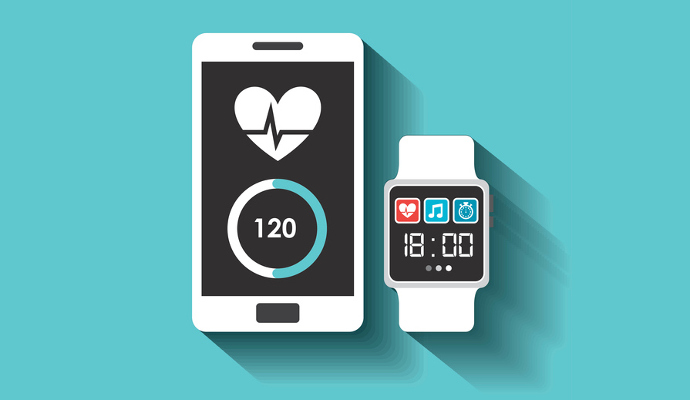Majority of Healthcare Consumers Believe Wearables Improve Their Health, Fitness
Most healthcare consumers who own wearables use them to monitor their health and fitness, with pulse rate, calories, and heart health being the most common metrics tracked, a new survey shows.

Source: Thinkstock
- Among Americans who use wearables, a majority (70 percent) said they had improved their fitness and health, according to a new report released by Deloitte.
The report is based on a survey conducted by Deloitte's Center for Technology, Media & Telecommunications, which polled 2,005 US consumers in the first quarter of 2022.
Survey results confirm the enduring popularity of virtual care. Nearly half (49 percent) of respondents said they attended at least one virtual visit in the past year. Of all age groups, millennials were most likely to use telehealth, with 59 percent of millennial respondents saying they had a virtual visit in the past 12 months.
According to the survey respondents, the top benefits of telehealth include increased convenience and reduced risk of contracting COVID-19. The top challenges cited by respondents included lack of human touch or face-to-face connection and connectivity issues.
But healthcare consumers are still highly satisfied with their telehealth experiences. A vast majority (92 percent) said they are very or somewhat satisfied with their virtual care experience, up 10 percentage points from a Deloitte survey conducted in 2021.
Surprisingly, Baby Boomers reported the highest satisfaction levels among all age groups, with 57 percent saying they were very satisfied with their telehealth experience.
Post-pandemic, 23 percent of respondents said they would use entirely or mostly virtual care modalities for chronic care-related check-ups, 20 percent for new symptom checks, 13 percent for emergency issues, and 12 percent for regular annual physical examinations.
As comfort levels with digitally enabled care rose, consumer use of wearable devices and applications to track health metrics also increased.
About 41 percent of respondents said they own a smartwatch or fitness tracker, up 2 percentage points from 2021.
Ninety percent of those who own these devices use them to track fitness and monitor health. The most common ways in which healthcare consumers use their devices are to count steps per day (64 percent), glean motivation to exercise (36 percent), measure speed and distance (31 percent), store workout data (28 percent), and track weight loss (27 percent).
The top health metrics that consumers track using wearables are pulse rate (59 percent), calories and nutrition (42 percent), heart health (40 percent), sleep quality and duration (39 percent), and breathing rate (30 percent).
Wearables users appear satisfied with their devices, with 70 percent saying they helped improve their fitness and health, and 30 percent saying they have significantly improved their fitness and health.
In addition, about 55 percent of wearable device owners said they share their data with their healthcare providers.
But data security concerns persist. Approximately 40 percent of users are worried about data security on their wearable devices.
"Mobile security can be a quagmire of competing standards and stakeholders, leaving consumers feeling frustrated and uncertain," the report states. "This creates an opportunity for device makers and software publishers to unite on a standard security framework and to add transparency to their data collection and usage practices."
Other research has also brought up usability issues with wearables. A survey published in March shows that 20 percent of wearable users in the US find their devices hard to use. Additionally, 39 percent of respondents cited security vulnerabilities as a significant drawback, and 31 percent said that the decline in office visits due to device use negatively impacted their relationships with physicians.
